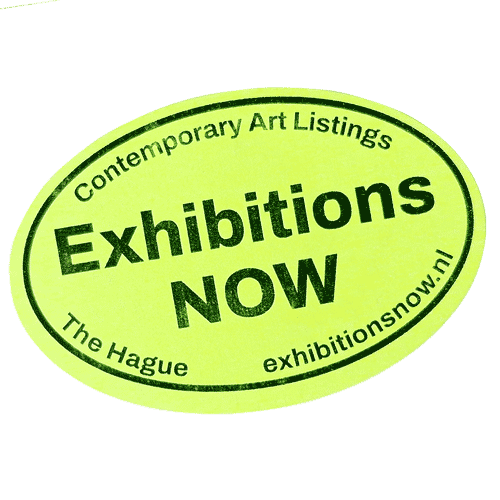Photographer Lucas Foglia (1983) has transformed the world’s longest butterfly migration into a powerful metaphor for connection across international borders. For millions of years, Painted Lady butterflies have migrated between Africa, the Middle East, and Europe in search of blooming wildflowers. As climate change shifts when and where wildflowers bloom, these resilient butterflies increasingly rely on human-planted parks, farms, and gardens to survive. Constant Bloom weaves together the story of this delicate yet determined species with that of people, drawing poignant parallels between the butterflies and refugees who follow similar routes in search of safety and sustenance. The series offers a message of hope and resilience in the face of environmental and geopolitical uncertainty.
The Painted Lady makes the longest migratory journey of any butterfly in the world. This phenomenon was recently discovered. Scientific research shows that in February the butterflies begin migrating north from the African grasslands. They cross the Sahara and the Mediterranean and continue over the snowy Alps, as far as Scandinavia, before returning south in September. Driven by the search for blooming flowers, ten generations cover roughly 15,000 kilometers in stages. Each Painted Lady lives about five weeks and can fly up to 4,000 kilometers before its wings wear out. By laying eggs along the way, the next generation of butterflies can continue the journey.
The Painted Lady is remarkably resilient, especially compared to other butterfly species. They adapt. In times of drought, they survive by relying on flowers grown by humans.
At first glance, Constant Bloom appears to be a straightforward visual story of an impressive natural phenomenon: a butterfly species migrating between the south and the north in search of food. But the Painted Lady’s journey also reveals a deeper truth. Interwoven with images of butterflies are photographs of boats crossing the Mediterranean and of refugees who, often displaced by climate change, are forced to seek new lives far from home.
In Constant Bloom, The Painted Lady Butterfly becomes a symbol — not just of migration, but of survival and the search for home along a shared route. Through the story of this butterfly, Foglia helps us recognize profound connections between people and nature that transcend international borders.
The exhibition is accompanied by the book, Constant Bloom, published by Nazraeli Press. Featuring 71 photographs, the book contains contributions by Willemijn van der Zwaan (curator at the Fotomuseum Den Haag) and scientists from the Worldwide Painted Lady Migration Project. The texts are in English, French and Arabic.
Lucas Foglia (USA, 1983), a 2024 Guggenheim Fellow, makes photographic stories about people in nature. His prints are collected and exhibited internationally at institutions including the International Center of Photography, Les Rencontres d’Arles, San Francisco Museum of Modern Art, and Victoria & Albert Museum. His sixth book, Constant Bloom, was just published by Nazraeli Press. His prints are available from galleries including Galerie Caroline O’Breen in Amsterdam, Robert Morat Galerie in Berlin, Galerie Peter Sillem in Frankfurt, and Fredericks & Freiser Gallery in New York, and UP Gallery in Taiwan.
